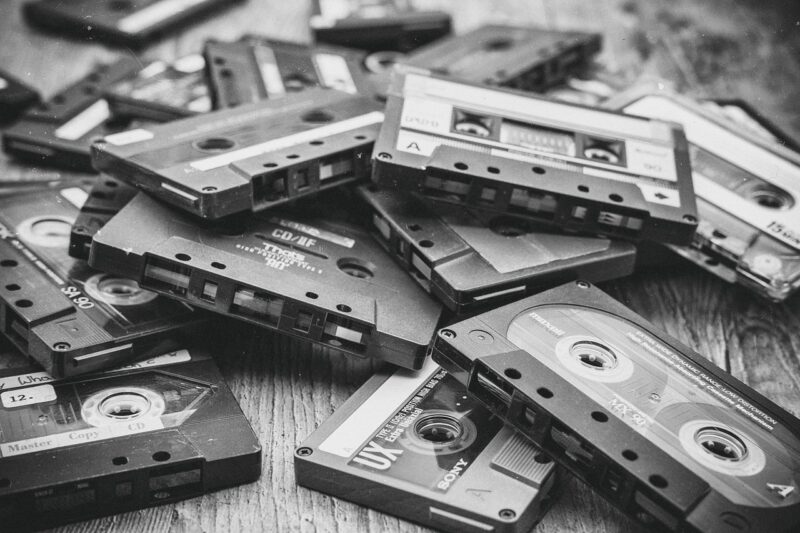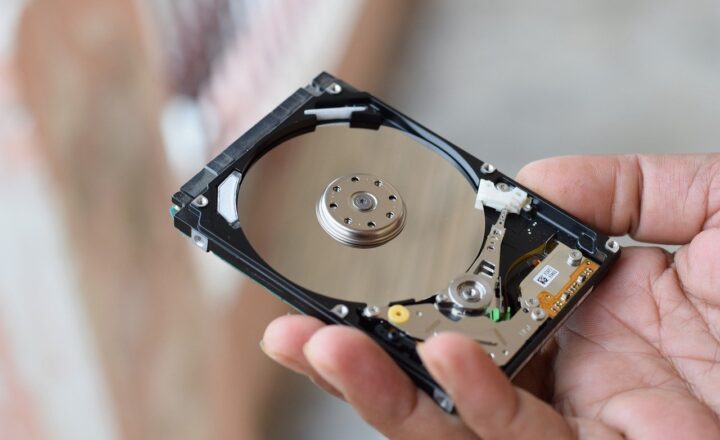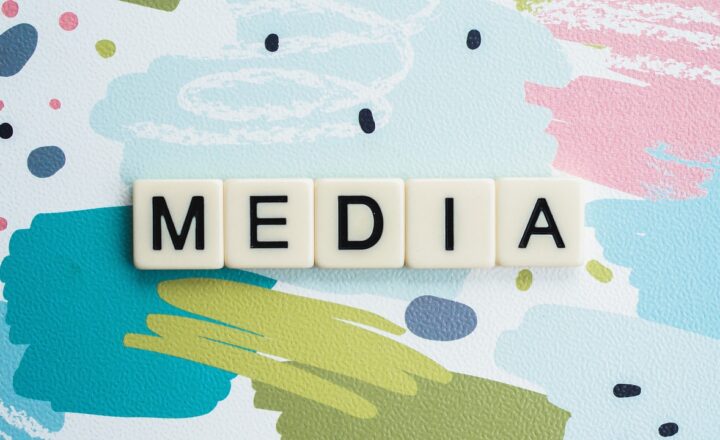The Joy of Collecting Autographed Memorabilia: How to Start Your Collection
November 13, 2024

Collecting autographed memorabilia is a fascinating hobby that transcends age, gender, and the specific interests of individuals. From sports enthusiasts to fans of music legends and film icons, collecting memorabilia can enrich your life with stories, nostalgia, and a tangible connection to the people you admire.
In this comprehensive guide, we’ll explore the excitement of collecting autographed memorabilia, provide tips on how to start your collection, and share insights on maintenance, authentication, and potential investment value.
1. The Allure of Autographed Memorabilia
There’s something special about owning a piece of history signed by someone you admire. Autographed memorabilia can transport you back to moments that shaped your passions or influenced your life. Here are some common types of memorabilia collectors favor:
- Sports Memorabilia: Autographed jerseys, basketballs, baseballs, and trading cards from your favorite athletes are highly sought after by sports fans.
- Music Memorabilia: Signed albums, concert posters, and instruments from beloved musicians can serve as cherished collectibles.
- Film and Television Memorabilia: Autographs from actors, actresses, directors, or screenwriters can bring a piece of cinema history into your living space.
- Historical Memorabilia: Signed documents or letters from historically significant figures offer unique glimpses into the past.
The emotional connection, combined with the potential for increased value over time, makes collecting autographed memorabilia an exciting adventure.
2. Getting Started: How to Begin Your Collection
Starting an autographed memorabilia collection can be enjoyable and rewarding. Here are steps to follow as you embark on this new passion:
Step 1: Choose Your Focus
Before diving into the world of collecting, it’s essential to determine what you are passionate about. Choose a specific focus based on your interests:
- Do you admire athletes, musicians, or actors?
- Are there specific events or eras that resonate with you?
- Would you prefer to collect items from local artists and athletes to support your community?
Your chosen focus will guide your buying decisions and help you shape a cohesive collection.
Step 2: Set a Budget
Collecting can range from inexpensive to very costly, depending on the popularity of the memorabilia. It’s crucial to set a budget so that you can enjoy the hobby without overspending. Consider your financial situation and decide how much you’re willing to invest in your collection.
Step 3: Research Items and Their Values
Each piece of memorabilia has a different market value based on factors like rarity, condition, and authenticity. Use websites, forums, and collector communities to gain insight into pricing and availability. Websites like eBay and auction houses can provide real-time data about what similar items are selling for.
Step 4: Authenticate Your Finds
Autographs are often forged, so authenticity is crucial when collecting. Look for:
- Invoices from trusted dealers
- Certificates of Authenticity (COA)
- Witnessed signings at events
Obtaining verified autographs will prevent disappointment and misrepresentation down the line.
Step 5: Start Buying
Once you’ve established your focus, budget, and authentication process, you can start acquiring items. Consider various options, such as:
- Sporting events, concerts, and conventions feature celebrities and athletes for signings.
- Online marketplaces like eBay or dedicated memorabilia websites offer a broad range of collectible items.
- Auctions can provide unique items at competitive prices if you keep an eye on listings.
As you acquire items, remember to carefully track where each item came from and document its provenance for future reference.
3. Preserving and Displaying Your Collection
Once you begin collecting, protecting your memorabilia is paramount. Here are some best practices for preserving and showcasing your items:
Protective Storage
Store your collectibles in protective cases to avoid physical damage. Consider using acid-free materials for items like photographs or sports cards to prevent discoloration or deterioration.
Display Options
When showcasing your collection, think about:
- Shadow boxes for jerseys or memorable items with related memorabilia.
- Frames with UV-protective glass for signed photographs and prints.
- Specialized display cases for items like balls, bats, or instruments.
Displaying your collection thoughtfully will not only protect it but also enhance your enjoyment and appreciation of your items.
4. Keeping Track of Your Collection
To ensure your collection maintains its value and integrity, creating a cataloging system can be incredibly helpful. Here are a few methods you can use to track your items:
Digital Inventory
Create a spreadsheet or use specialized collecting software to log:
- Item details (name, description, date acquired, price paid)
- Photos of each item and its certificate of authenticity, if available
- Notes on the item’s history or significance to you
This practice can help you stay organized and prepare you for potential future sales.
Insurance Considerations
Consider insuring your collection, especially if it contains high-value items. Speak to insurance agents about coverage for collectibles, which may require appraisals for valuable pieces.
5. Investment Potential and Community
Many collectors find that their hobby also has investment potential. Over the years, valued memorabilia can appreciate significantly in price. Here are ways to gauge its potential:
Market Trends
Stay informed about market trends and auction prices in the memorabilia space. Collectors’ communities online and social media are excellent resources for gathering insights from others who share your passion.
Networking with Other Collectors
Join forums, attend conventions, and partake in discussions about collectibles. Not only will you learn from others, but you may also find opportunities to buy, sell, or trade items to enhance your collection.
Collecting is not just about possession; it’s also about connection — with items, with their stories, and with fellow enthusiasts who share your love for memorabilia.
Conclusion
Collecting autographed memorabilia is an enjoyable journey filled with personal connection, nostalgia, and community. By focusing your collection, staying informed, and practicing careful preservation methods, you can build an enriching and potentially valuable assemblage of items that reflects your passions. So whether you’re starting with one signed ball or a vast array of musical instruments, each piece tells a unique story — your story. Start collecting today and embrace the joy that comes with every autograph.
Ultimately, the true value of any collection lies in the memories, enjoyment, and connections it creates, ensuring that your joy of collecting continues for years to come.





